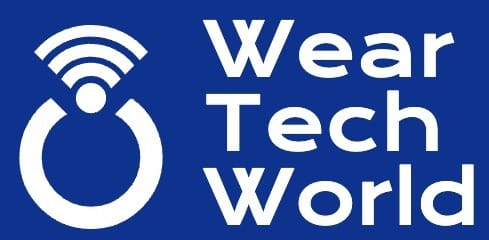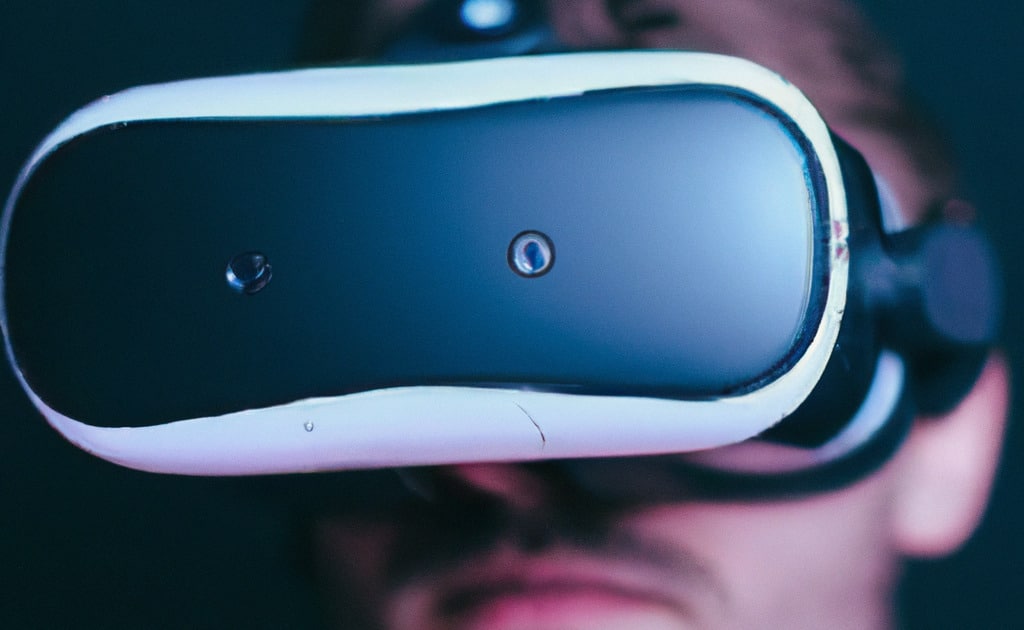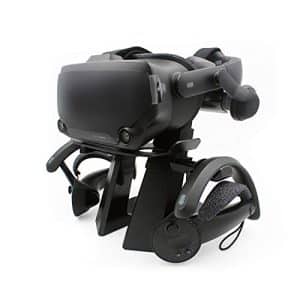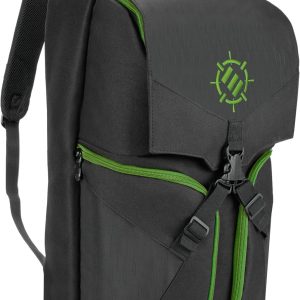Imagine being able to attend a live concert, a sports event, or even a business conference from the comfort of your own home. No, we’re not talking about watching it on television or streaming it online. We’re talking about being ‘there’, experiencing the event as if you were physically present. Welcome to the future of live events, made possible by virtual reality headsets.
Virtual reality (VR) is a technology that has been around for decades, but it’s only in recent years that it has truly started to come into its own. With advancements in hardware and software, VR is becoming increasingly accessible and affordable, making it a viable option for a wide range of applications. One of these applications is live events.
Live events have always been about the experience. The thrill of being part of a crowd, the excitement of seeing your favorite artist or team in action, the opportunity to network and make connections in a business setting. However, attending these events in person is not always possible, or practical. Travel costs, time constraints, and other factors can make it difficult for people to attend live events, especially those that are held in far-off locations.
But what if you could attend these events without having to leave your home? What if you could experience the same excitement, the same thrill, without the hassle and expense of travel? This is where virtual reality comes in.
Virtual reality headsets allow users to immerse themselves in a virtual environment, providing a level of realism and interactivity that is unparalleled by any other form of media. With VR, you can not only watch an event, but actually ‘be’ at the event, experiencing it from a first-person perspective. You can look around, interact with other attendees, and even participate in the event itself.
Imagine watching a concert and being able to ‘walk’ up to the stage, or attending a sports event and ‘sitting’ in the front row. Imagine being at a business conference and ‘meeting’ with other attendees, exchanging business cards and networking in a virtual environment. The possibilities are endless.
Of course, VR is not without its challenges. There are technical issues to overcome, such as latency and resolution, and there are also issues of accessibility and affordability. However, the potential benefits of VR for live events are immense, and with continued advancements in technology, these challenges are likely to be overcome.
Virtual reality headsets are not just a novelty, they are a game-changer. They have the potential to revolutionize the way we experience live events, making them more accessible, more immersive, and more exciting than ever before. And this is just the beginning. As VR technology continues to evolve, the possibilities for live events are only going to expand.
So, are you ready to experience the future of live events? Strap on your VR headset, and let’s dive into the virtual world.
The Immersive Power of Virtual Reality
Virtual reality headsets are powerful devices. They can transport us to different worlds, immerse us in experiences that would otherwise be out of reach, and provide a level of interactivity that is unparalleled by any other form of media. This is the power of VR, and it’s why it’s such a game-changer for live events. With VR, we can ‘be’ at an event, experiencing it from a first-person perspective, without having to leave our homes. This is not just watching an event, it’s experiencing it. It’s being part of it. It’s the difference between watching a concert on television and being in the crowd, feeling the energy, the excitement, the music. It’s the difference between watching a sports event on a screen and being in the stadium, hearing the roar of the crowd, feeling the tension, the anticipation, the thrill. It’s the difference between attending a business conference via a video call and being there in person, networking, making connections, closing deals. This is the power of VR, and it’s why it’s set to revolutionize the live events industry.
The Challenges and Solutions
Of course, VR is not without its challenges. There are technical issues to overcome, such as latency and resolution. Latency, or the delay between a user’s actions and the response from the VR system, can cause motion sickness and disrupt the immersive experience. Resolution, or the quality of the visual display, can also impact the realism and immersion of the VR experience. However, these challenges are not insurmountable. With advancements in technology, latency is becoming less of an issue, and resolution is improving. There are also issues of accessibility and affordability. Not everyone has access to a VR headset, and not everyone can afford one. But again, with advancements in technology, VR headsets are becoming more accessible and more affordable. Companies are developing cheaper models, and there are also rental options available. There are even VR arcades, where people can go to experience VR without having to buy a headset. So while there are challenges, there are also solutions, and the potential benefits of VR for live events far outweigh the challenges.
The Future of Live Events
So what does the future hold for live events? With VR, the possibilities are endless. Imagine a world where you can attend any event, anywhere in the world, at any time. A world where you can ‘be’ at a concert in New York, a sports event in London, a business conference in Tokyo, all in the same day. A world where you can experience the thrill, the excitement, the energy of a live event, without the hassle and expense of travel. This is the future of live events, and it’s closer than you might think. With VR, we can create experiences that are not just immersive, but also interactive. We can create virtual environments that are not just realistic, but also customizable. We can create virtual events that are not just accessible, but also inclusive. This is the power of VR, and it’s why it’s set to revolutionize the live events industry. So strap on your VR headset, and get ready to experience the future of live events.
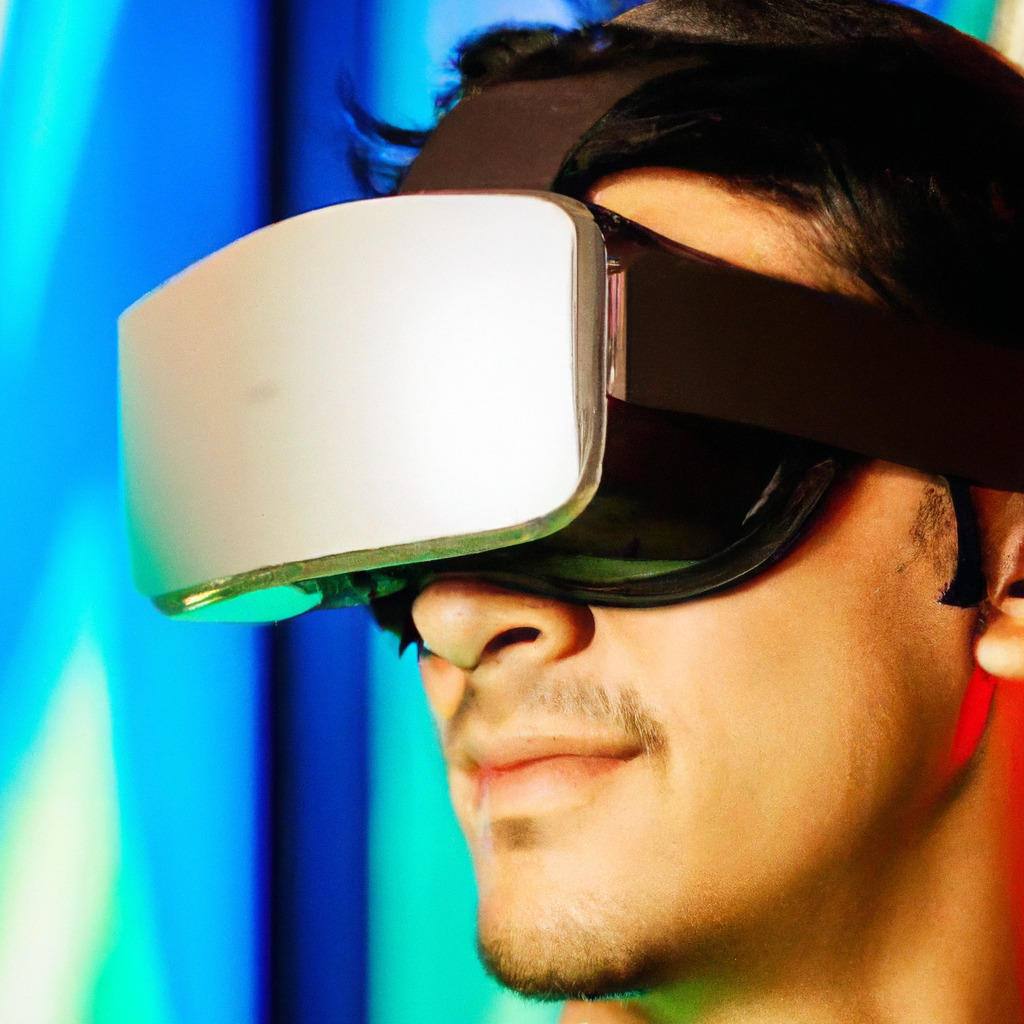
VR and the Music Industry: A Harmonious Connection
The music industry is one of the sectors that stands to benefit immensely from the integration of virtual reality. Concerts are not just about the music; they’re about the atmosphere, the energy, the collective experience. VR can bring this experience to life in a way that no other medium can. Imagine being able to ‘attend’ a concert by your favorite band, even if they’re performing on the other side of the world. Imagine being able to ‘walk’ up to the stage, ‘look’ around at the crowd, ‘feel’ the energy of the music. This is the power of VR. But it’s not just about attending concerts. VR can also be used for music production and creation. Musicians can use VR to create immersive music videos, to collaborate with other artists in a virtual space, to perform in virtual concerts. The possibilities are endless, and the potential benefits are immense.
VR and Sports: A New Playing Field
Sports events are another area where VR can make a big impact. The thrill of being in a stadium, of being part of a crowd, of witnessing a game in person, is something that can’t be replicated by watching it on a screen. But with VR, we can come close. VR can provide a level of immersion and interactivity that is unparalleled by any other form of media. Imagine being able to ‘attend’ a football game, to ‘sit’ in the front row, to ‘feel’ the excitement of the crowd. Imagine being able to ‘walk’ onto the field, to ‘interact’ with the players, to ‘experience’ the game from a first-person perspective. This is the power of VR. But it’s not just about attending games. VR can also be used for training and coaching. Athletes can use VR to simulate games, to practice strategies, to improve their skills. Coaches can use VR to analyze games, to plan strategies, to train their teams. The possibilities are endless, and the potential benefits are immense.
VR and Business Conferences: The Future of Networking
Business conferences are all about networking, about making connections, about exchanging ideas. But attending these conferences in person can be expensive and time-consuming. With VR, we can overcome these challenges. VR can provide a platform for virtual conferences, where attendees can ‘meet’ and ‘interact’ in a virtual environment. Imagine being able to ‘attend’ a conference, to ‘meet’ with other attendees, to ‘exchange’ business cards, all without leaving your home. Imagine being able to ‘participate’ in panel discussions, to ‘ask’ questions, to ‘share’ ideas, all in a virtual environment. This is the power of VR. But it’s not just about attending conferences. VR can also be used for training and education. Companies can use VR to train their employees, to simulate business scenarios, to provide virtual learning experiences. The possibilities are endless, and the potential benefits are immense.
The Social Impact of VR in Live Events
Beyond the entertainment and business sectors, VR has the potential to make a significant social impact. By making live events more accessible, VR can help to bridge the gap between those who can afford to attend these events in person and those who can’t. For people with physical disabilities or health issues, for people who live in remote areas, for people who simply can’t afford the cost of travel, VR can provide a way to experience live events that would otherwise be out of reach. This is not just about entertainment, it’s about inclusion. It’s about giving everyone the opportunity to experience the thrill, the excitement, the energy of a live event, regardless of their circumstances. But it’s not just about accessibility. VR can also provide a platform for social interaction, for community building, for shared experiences. In a virtual concert, for example, attendees can ‘meet’ and ‘interact’ with other fans, ‘share’ their experiences, ‘form’ connections. In a virtual conference, attendees can ‘network’ with other professionals, ‘exchange’ ideas, ‘build’ relationships. This is the power of VR, and it’s why it’s set to revolutionize the live events industry.
The Environmental Impact of VR in Live Events
In addition to its social impact, VR also has the potential to make a significant environmental impact. By reducing the need for travel, VR can help to reduce carbon emissions, contributing to the fight against climate change. This is not just about convenience, it’s about sustainability. It’s about finding ways to enjoy live events without contributing to environmental degradation. But it’s not just about reducing emissions. VR can also help to reduce waste. In a virtual concert, for example, there’s no need for physical tickets, for printed programs, for disposable cups and plates. Everything is digital, everything is virtual. This is the power of VR, and it’s why it’s set to revolutionize the live events industry.
The Economic Impact of VR in Live Events
Finally, let’s not forget the economic impact of VR. By opening up new markets, by creating new opportunities for revenue generation, VR can contribute to economic growth. This is not just about profit, it’s about innovation. It’s about finding new ways to monetize live events, to engage with audiences, to deliver value. But it’s not just about revenue. VR can also help to reduce costs. In a virtual conference, for example, there’s no need for a physical venue, for catering, for travel and accommodation. Everything is virtual, everything is digital. This is the power of VR, and it’s why it’s set to revolutionize the live events industry.
In conclusion, the integration of virtual reality headsets into the live events industry is poised to bring about a revolution. By providing an immersive, interactive, and inclusive experience, VR has the potential to transform the way we experience live events. From concerts to sports events, from business conferences to social gatherings, VR can make these events more accessible, more engaging, and more exciting. It’s not just about watching an event, it’s about experiencing it. It’s about being part of it. It’s about feeling the energy, the excitement, the thrill. But it’s not just about entertainment. VR also has the potential to make a significant social, environmental, and economic impact. By making live events more accessible, VR can help to bridge the gap between those who can afford to attend these events in person and those who can’t. By reducing the need for travel, VR can help to reduce carbon emissions, contributing to the fight against climate change. By opening up new markets, by creating new opportunities for revenue generation, VR can contribute to economic growth. This is the power of VR, and it’s why it’s set to revolutionize the live events industry. So as we look to the future, we can expect to see more and more live events being held in virtual reality. We can expect to see more and more people attending these events, experiencing the thrill, the excitement, the energy, all from the comfort of their own homes. We can expect to see a world where anyone, anywhere, can ‘be’ at any event, at any time. This is the future of live events, and it’s closer than you might think.
Are we ready to embrace this new reality, to experience the thrill of live events in a whole new way?
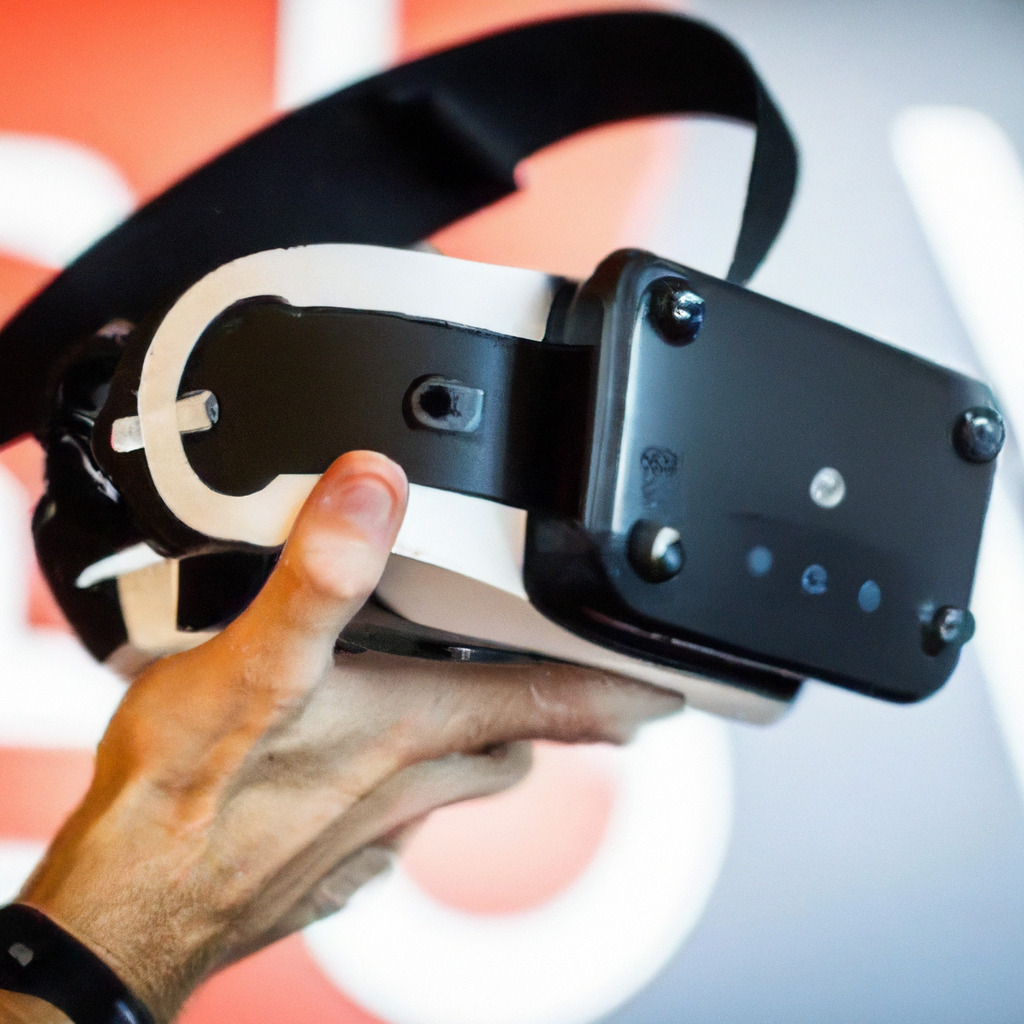
The music industry is one area where the power of virtual reality is being harnessed in innovative ways. From immersive concerts to collaborative music creation, VR is changing the way we experience music. To learn more about how VR is influencing the music industry, check out this article titled Untangling the Future: Wireless Earbuds for Seamless Video Conferencing.
